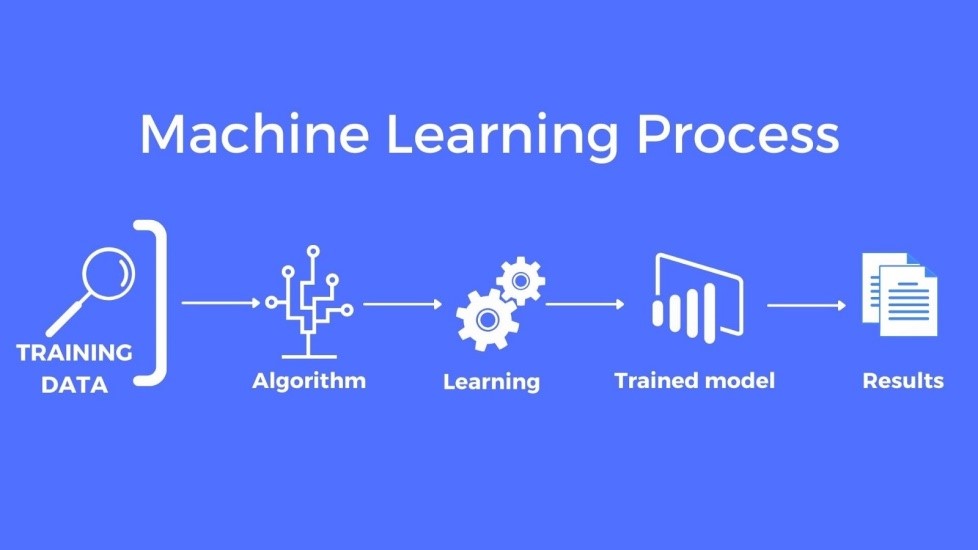Modern astronomy generates an unprecedented volume of data through the space and ground Telescope Observations and sky surveys capturing High-resolution images, spectra, and light curves of billions of celestial objects.
Astronomical data holds the key to mysteries of universe. But this data is huge for example only Large Synoptic Survey Telescope (LSST) collects 20 terabytes data every night. Dealing with this massive data requires advanced tools and techniques like
Big Data Analytics Extracting meaningful insights from immense datasets
Complex Calculations Simulating cosmic events, understanding phenomena.
Pattern Recognition Identifying hidden trends and anomalies.
The fusion of Machine Learning, Artificial Intelligence, and High-Performance Computing has a transformative impact on modern astronomy.
Machine Learning involves the use of algorithms and statistical models to enable computers to learn from data and improve their performance on a specific task without being explicitly programmed.
ML focuses on pattern recognition, predictions, and making informed decisions based on historical data.
ML algorithms include decision trees, neural networks, support vector machines, and more.

Artificial Intelligence aims to enable computers to perform tasks that would typically require human intelligence, such as reasoning, problem-solving, understanding natural language, and even making decisions.
While AI includes ML, it also involves other techniques like rule-based systems, expert systems, and symbolic reasoning.

High-Performance Computing refers to the use of powerful computers or clusters of computers to perform complex calculations and process large amounts of data at incredibly fast speeds.
HPC focuses on maximizing processing power, memory, and bandwidth to solve intricate problems efficiently.

At computational Astrophysics lab we apply Machine Learning, Artificial Intelligence, and High-Performance Computing on the following research areas:

Exoplantary Science
We are actively delving into the realms beyond our solar system, probing the formation, characteristics, and potential habitability of exoplanets, including those with Earth-like qualities.

Stellar Evolution & Astrophysics
Stellar Evolution and Astrophysics: Our research endeavors encompass the full life cycles of stars, from their birth within interstellar clouds to their fascinating transformations into various celestial remnants, such as white dwarfs, neutron stars, or black holes. We investigate phenomena like supernovae, variable stars, and stellar winds, unraveling the intricate tapestry of stellar evolution.

Galactic Astronomy
Our investigations extend to the grand tapestry of galaxies, encompassing their formation, dynamics, structure, and evolutionary paths. From the spiral arms of the Milky Way to the captivating interactions between galaxies, we delve into the complex interplay of cosmic structures.

High Energy Astrophysics
High-Energy Astrophysics: Our lab is at the forefront of unraveling the intense and energetic phenomena that occur in the cosmos. We scrutinize gamma-ray bursts, black hole accretion disks, and pulsars, leveraging observations in X-rays, gamma rays, and cosmic rays to understand the underlying mechanisms.

Solar Physics
The intricate workings of our closest star are a focal point of our research. Our team studies the Sun's surface features, magnetic fields, and dynamic solar activity, including solar flares and coronal mass ejections.
Radio Astronomy
Investigating the universe's radio emissions provides us with insights into an array of celestial phenomena. Our lab studies pulsars, radio galaxies, and the cosmic microwave background radiation, using radio waves to unlock hidden cosmic secrets.

Plantary Science
Our research extends to the comprehensive study of solar system bodies. From planets and moons to asteroids and comets, we explore their geology, atmospheres, and potential for hosting life.

Time-Domain Astronomy
Our team is dedicated to observing and understanding transient events that occur across the cosmos. Through real-time observations of phenomena such as supernovae, gamma-ray bursts, and fast radio bursts, we gain a deeper appreciation of the universe's dynamic nature. .
Cosmology
Our team dedicates efforts to unraveling the mysteries of the universe's origin, structure, and evolution, exploring concepts such as the Big Bang theory, dark matter, dark energy, and cosmic microwave background radiation.